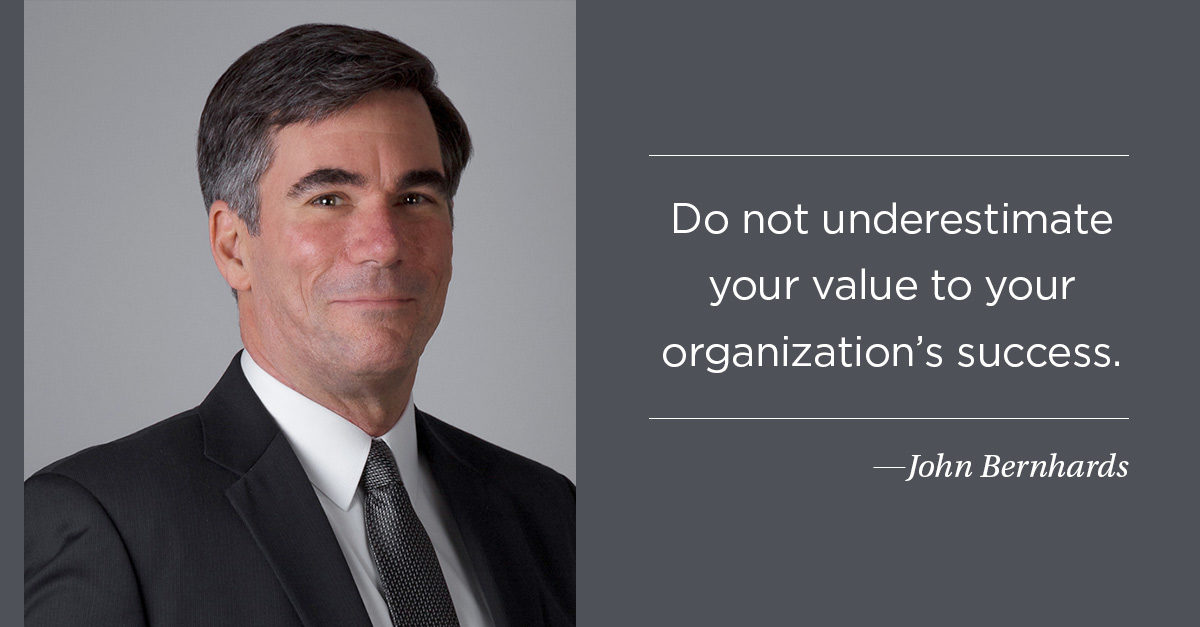Think back to the last major purchase you made. For some, it might be a purchase requiring a loan for a car or a house. For others, it might be a smaller scale purchase like new back-to-school clothes for the kids. No matter what transaction comes to mind, take a second and try to remember how much you spent on the item or items.
Now let’s take a step back and examine your answer. Whether you purchased a house for US$200,000, a car for $15,000, or some fancy new clothes for $250, the costs of these items might not be what they seem. If you purchased a house, did you factor in the cost of the loan interest rate, home-owner insurance, property taxes, monthly utilities, replacing/repairing broken appliances over time, furnishing the place, and landscaping expenses? If you purchased a car, did you factor in regular oil changes and maintenance, car washes, and gas? For those who purchased new clothes, what about the cost of dry cleaning and laundry detergent?
The collective expense of these items over time contributes to what John Bernhards, associate vice president for APPA: Leadership in Educational Facilities, calls “total cost of ownership,” the combined “cradle-to-grave management” of the assets.
Oversight of a facility’s total cost of ownership can cause big problems for owners who aren’t prepared to care for the property in the long term, which is why it’s critical to have a grasp on the concept before commissioners even begin development. The decision-making that occurs in the development period will ultimately “determine how well the building can serve its purpose and also how you can manage that asset so you truly get the best value for your dollar over time,” Bernhards says.
During his session Tuesday, October 30, at the ISSA Show North America 2018, Bernhards will review talking points for attendees who have a stake in how their facilities are managed and need to ensure they have the tools, budget, and insight to service the building appropriately. Attendees will walk away with an understanding of how custodial operations are relative to a building’s total cost of ownership and how they can have a seat at the table in determining future plans for development.
Tip: Do not underestimate your value to your organization’s success.
The longevity of a building and its overall cost to the owner will be dependent on the effectiveness of its custodial operations and how maintenance is carried out. As a custodial or facility manager, don’t underestimate your ability to articulate your knowledge to ensure labor and maintenance obligations are properly fulfilled. In the long run, the building will benefit from it. “If you are a custodial service provider and can talk about optimal performance of the building, [it will grab] their attention more than what level of clean is the floor or whether or not there’s still dust in the corners,” Bernhards says. “Sometimes the discussion really needs to be around the performance of the building. That’s the dollar sign.”
*This session is sponsored by APPA.
Don’t miss other informative articles on hot topics that are guaranteed to help you with your company or facility:
- True or False: Green Cleaning Efforts Can’t Use Disinfectants
- Participatory Ergonomics: A Leadership Style for Improving Employee Performance
- How to Target Your Most Likely Contracts (and Close the Deal)
- How Environmental Services and Infection Control Teams Can Work Together
- Run, Hide, Fight: How Facilities Can Prepare for an Active Shooter Situation




